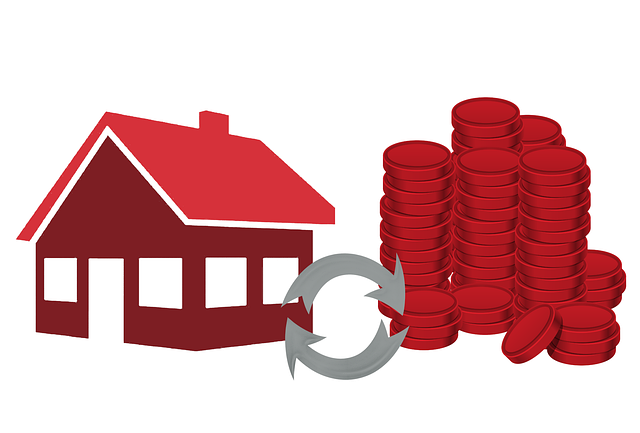Successful real estate landlords focus on long-term investment strategies, combining market analysis with proactive property management. They identify high-growth areas, prioritize location, and invest in regular maintenance and strategic renovations to enhance property value and appeal. By staying current with trends and offering modern amenities, they maximize rental income while minimizing vacancy rates and utility expenses, ensuring a robust return on investment throughout economic cycles.
In the dynamic world of real estate, preserving a landlord’s investment is key to long-term success. This article explores comprehensive strategies to safeguard and enhance property value over time. From understanding the nuances of long-term investment strategies in real estate to identifying crucial factors for maximizing return on investment, we provide actionable insights. Discover practical tips designed to sustain and grow your portfolio, ensuring a robust and resilient future in the ever-evolving landscape of property management.
Understanding Long-Term Investment Strategies in Real Estate

In the dynamic realm of real estate, understanding long-term investment strategies is paramount for landlords to preserve and grow their assets. A successful landlord doesn’t merely seek immediate returns; they adopt a holistic approach that contemplates the future value of properties. This often involves careful consideration of market trends, demographic shifts, and economic indicators to identify areas with high growth potential. By investing in these strategic locations, landlords can ensure their properties appreciate over time, enhancing their portfolio’s overall worth.
Moreover, preserving a landlord’s investment isn’t just about buying the right property; it’s also about active management. Regular maintenance, timely renovations, and staying attuned to changing tenant preferences are essential. These practices not only extend the lifespan of the property but also maintain its desirability, attracting quality tenants who appreciate well-cared-for spaces. Ultimately, a long-term perspective in real estate requires a blend of market acumen, proactive management, and a commitment to sustaining the property’s value through various economic cycles.
Key Factors to Ensure a Landlord's Return on Investment

In the competitive real estate market, landlords play a crucial role in ensuring their investments thrive over the long term. Several key factors can significantly impact a landlord’s return on investment (ROI) and should be carefully considered. Firstly, location is paramount; prime areas with high demand for rental properties tend to appreciate better and attract tenants willing to pay premium rents.
Additionally, maintaining and upgrading properties to modern standards is essential. Regular maintenance reduces vacancy rates and delays costly repairs down the line. Landlords who invest in energy-efficient appliances and fixtures, for instance, may attract eco-conscious tenants and reduce utility expenses for both tenant and landlord. This strategic approach not only enhances the property’s appeal but also contributes to a healthier ROI.
Practical Tips for Sustaining and Growing Property Value Over Time

In the dynamic realm of real estate, preserving a landlord’s investment is paramount for long-term success. Regular maintenance and timely repairs are cornerstones of this strategy, ensuring the property remains in prime condition. A well-maintained building not only retains its value but also attracts potential tenants who appreciate quality living conditions. Additionally, staying updated with market trends is essential; adapting to changing demands can help landlords maximize rental rates and attract a steady stream of occupants.
Beyond basic upkeep, strategic investments in upgrading amenities and modernizing units can significantly boost property value. Upgrading kitchens, bathrooms, and common areas with contemporary designs and efficient appliances not only makes the space more appealing but also increases its desirability among tenants. Furthermore, focusing on energy efficiency through insulation improvements and smart technology can reduce operational costs while enhancing the building’s environmental sustainability, a growing concern among modern tenants.






